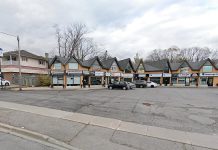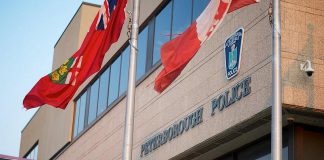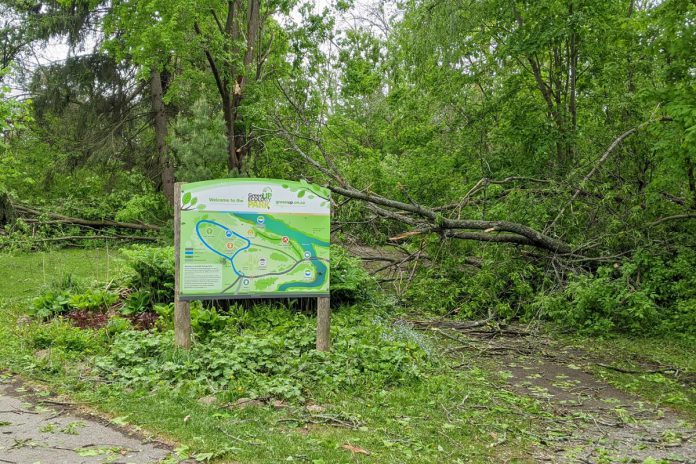
“The climate crisis is a disabling event, and not only disables new people, but is continuously disabling for people who are already disabled.” – Daphne Frias, 24-year-old New York-based climate change environmental and disability advocate.
Saturday, December 3rd was International Day for Persons with Disabilities. This day recognizes that 22 per cent of Canadians live with a disability. Although this day has passed, it is important to recognize that people with disabilities navigate accessibility barriers year-round.
Daphne Frias, quoted above, is a woman with cerebral palsy who uses a wheelchair to move around. Frias speaks from her lived experience of seeing how minority communities are disproportionately affected by climate change.
Climate change can induce extreme weather events more frequently, like storms and extreme heat. It is a phenomenon that can disproportionately impact the day-to-day lives of persons who move through cities and landscapes needing extra support, resources, or tools.
In a past GreenUP article, the Kawartha World Issues Centre (KWIC) introduced ‘Stump Stories’ as an ongoing story-telling initiative that began in the aftermath of the May 2022 derecho storm. This initiative holds space for the ecological grief experienced by Peterborough/ Nogojiwanong community members.
In calling for Stump Stories, KWIC invited community members to share their grief and helplessness at having lost natural elements that had meaning and impact on their lives.
However, not everyone experienced the storm the same way. In this Stump Stories, we highlight voices from the community who experienced additional challenges to navigating our city as a result of the May storm.
John McNutt is the executive director of the Council for Persons with Disabilities in Peterborough (CPDP) and faces obstacles many able-bodied people do not experience. McNutt is an amputee who uses a prosthetic leg. He takes his prosthetic leg off often; otherwise, he feels a lot of pain.
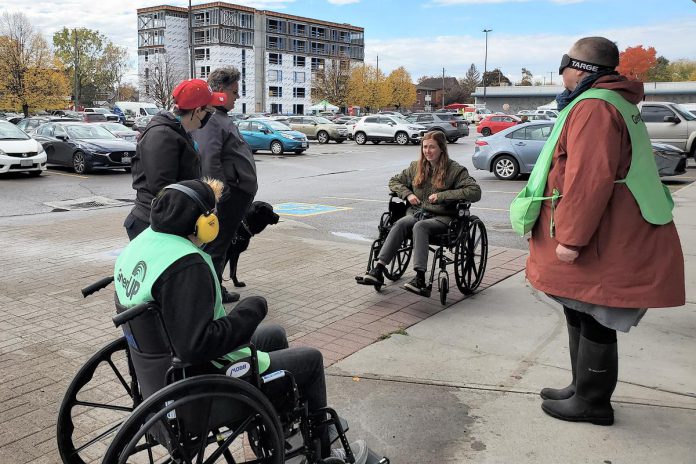
The night of the May derecho storm, McNutt got up to use the bathroom. The power outage had created a dark environment, and he stumbled when trying to get his prosthetic leg on so he could make his way to the other room. McNutt now advocates for equity, inclusion, and respect for all persons with disabilities through his work at CPDP.
Community members in similar situations may have felt similar, or increased discomfort, and must continuously adapt their lifestyles to work around unexpected and unavoidable obstacles.
Since becoming a wheelchair user, local disability advocate Brian Christoph says he pays more attention to the weather forecast. The amount of precipitation on any given day dictates his ability to leave this house and navigate the outside world.
Christoph was at a community gathering when the derecho storm hit Peterborough. A friend stayed outside with Christoph as the storm lit up around them.
“All these people were bringing blankets and umbrellas out,” he recounts. “We were there for 30 minutes while this storm did its destruction.”
Once the storm lifted, Christoph took his motorized scooter around town to survey the damage. He says that this is where worry set in for him and 40 residents in his building who also live with disabilities.

“We were without power for 14 days,” Christoph says. The local food bank ran out of food within the first two days. Luckily, he was able to coordinate with local volunteer group Food Not Bombs to serve food from the parking lot of the residence daily.
Additional support was needed for people living with disabilities. A charging station was set up at a local community center to ensure that Christoph and other motorized wheelchair users could charge their mobility devices. Temperature-sensitive medication was kept cool in a fridge powered by an emergency generator.
Stories like those of McNutt and Christoph, alongside the many others in Peterborough who experienced parallel challenges during the storm, highlight the disproportionate impact of climate change on people with disabilities.
To some extent, climate change is predictable. Researchers are working to develop tools like the Healthy Plan City map to show where the negative consequences of climate change are likely to intersect with vulnerable populations. For example, this tool shows that in Peterborough, urban heat islands are likely to disproportionately impact people with low incomes.
Looking at trends across maps like the Healthy Plan, and holding space in conversation for Stump Stories, are ways that our community can better understand our relationship between the natural environment, the built environment, and our health.
Climate change will continue to impact our landscape. Understanding and planning for how those changes will affect community members, able-bodied or differently abled, is an action we can take today to ensure a more equitable future.
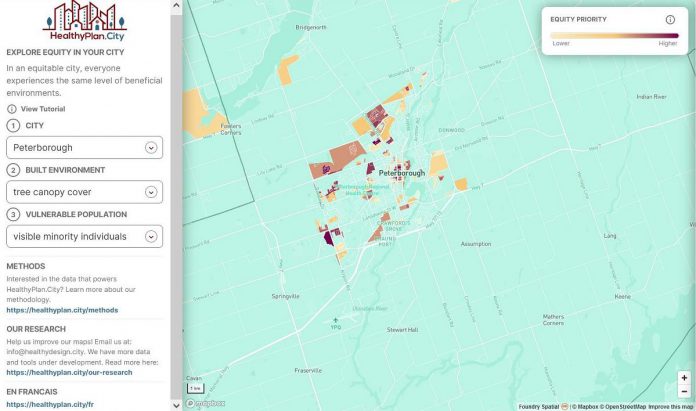
The Umbrella Program at the Kawartha World Issues Centre helped GreenUP to become established as an independent initiative in 1992. KWIC is now a long-standing partner working on sharing local stories and empowering the community to take action for the environment and climate.
The Council for Persons with Disabilities exists to improve the quality of life for people with disabilities by promoting equality, opportunity, and inclusion in the Peterborough region so everyone can contribute and thrive.



